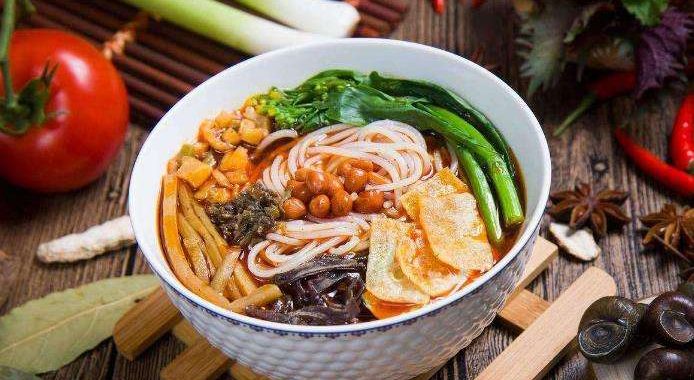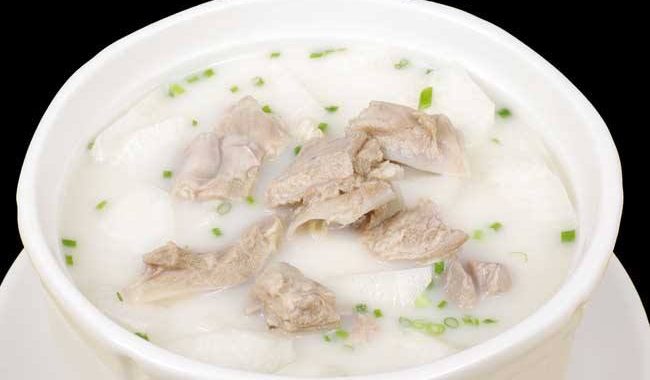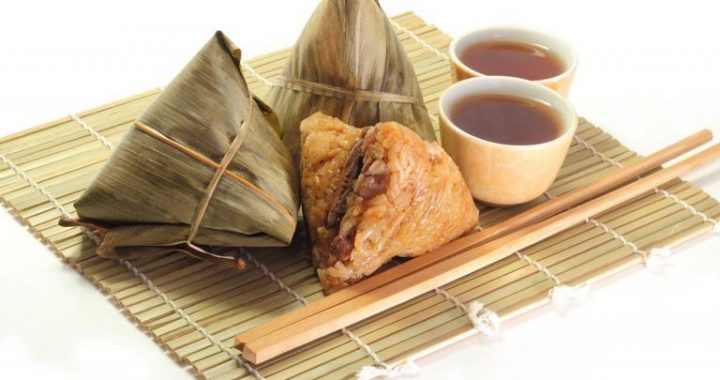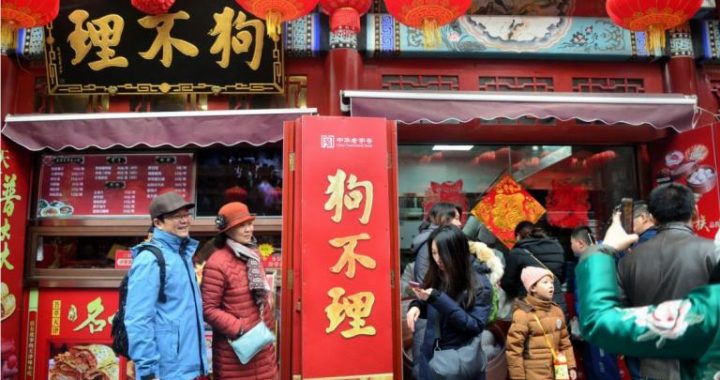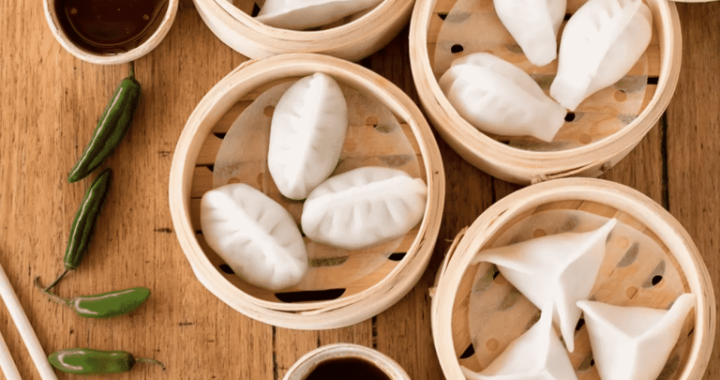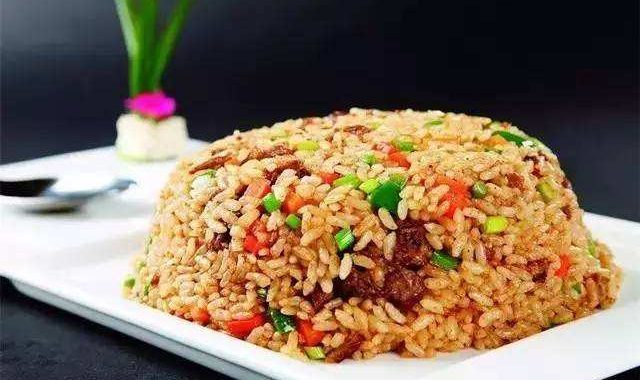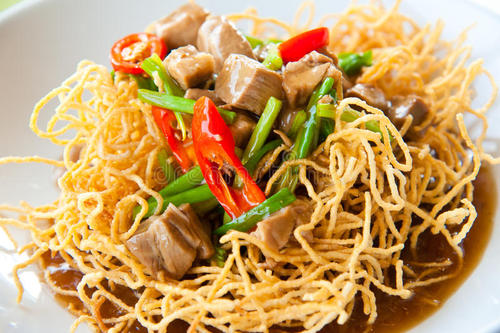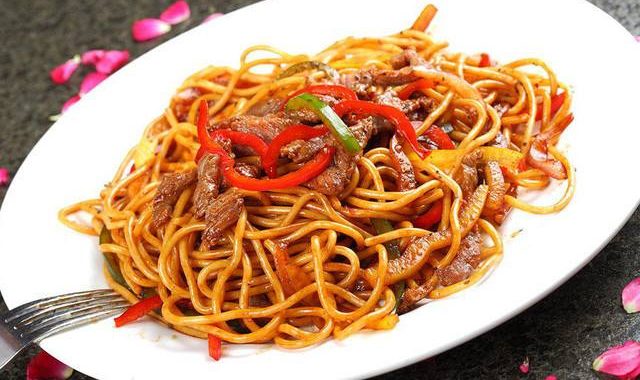Chinese Dinner Parties
7 min readThe ancient Chinese sage Confucius once said “Do not eat at times not designated for meals.”This means that food should be eaten at appropriate times and shows that China has had a standardized approach to eating for a very long time. In the past, the Chinese used to have only two meals a day. The first meal was called the “morning meal”, which was eaten at around 9:00 a.m. The second meal was called the”evening meal”and this was eaten at around 4:00 p.m. Today, some Chinese ethnic minority groups, and people living in some of the country’s mountainous regions, still eat in this way, for cultural, climatic or economic reasons. After the Han Dynasty, as the country’s agriculture developed, various regions and ethnic groups gradually began to eat three meals a day-breakfast, lunch and supper. In ancient times, the third meal was eaten at an earlier time than it is by people today. This was because in those days people got up at sunrise and worked until sunset. This”three-meal”system was actually an inevitable consequence of agricultural and economic development. Two meals a day did not give people the energy they needed to engage in farming, fishery and hunting.

Chinese tradition dictates that each of the day’s three meals must be cooked on time-showing the importance that Chinese people attach to eating. In recent years, the rhythm of life has becomefaster and faster, especially in cities, and many people now do not come back to their homes to eat during the day. In particular, most office workers eat lunch in restaurants or at their work premises.
As a result, housewives usually prepare the evening meal with particular care.
A picture of a feast on the wall of a Tang tomb in Chang’ an, Shaanxi.
The Chinese dinner party system is regarded as a major characteristic of China’s eating culture.
Unlike Westerners(who usually eat from individual dishes especially when dining out), Chinese people usually sit around a table, eating from the same dish and sharing the same pot of soup.
This is the case whether they are eating at home or eating out together. Actually, from a historical perspective, this style of eating is a relatively recent development, as it did not begin until the Tang Dynasty. Before the Tang Dynasty,”individual”dining was the norm.
The ancient Chinese individual dining system was in fact closely linked to the simple eatingutensils of the time. These were mostly made of earthenware and were placed on the ground. The utensils that were used to hold food(which were invented after the eating utensils) were low food trays. From the Chinese character l(night), which has been found inscribed on bones from the Shang Dynasty, we can see that the ancient Chinese sat on mats to eat.
Several people could sit on a rectangular long mat, while only two people could sit on a short one.
A square mat was called a”single seat”and was for the use of the oldest person or the person with the highest status. Seating rituals and rules at the time were very strict and were designed to reflect people’s standing relative to each other. If a mat was placed toward the north and south, then the west side was for the head; if a mat was placed toward the east and west, then the south side was for the head. People sitting on the same mat were meant to have a similar status.
An ilustration of an evening banquet in Hua Mansion during the late Qing Dynasty.
This picture is from China: The Scenery, Architecture, and Social Habits of that Ancient Empire(published in 1843). It was drawn by the British painter Tomas Allom.

According to descriptions of the time,a person who felt that he was sitting on the same mat as a person of a different status would draw his sword and cut the mat so that he could sat separately. People sitting on different mats ate separately and each had a small food tray. Chinese people use the idiom “holding the tray level with the brows”to describe a husband and wife treating each other with respect. This shows that food trays in the past were very small and light(which allowed women to lift them). The custom of sitting on a mat and dining individually was followed up until the late Han Dynasty.A vivid illustration of this style of eating scene has been fond carved on a banquet picture brick from the time of the Eastern Han Dynasty (25-220). This was unearthed in Chengdu, Sichuan. It shows two or three people sitting on the same mat with food trays in front of them.
In the Tang Dynasty, high-legged long tables, benches and other furniture started to be used, and the way in which people ate their meals changed. Murals from the time of the Tang Dynasty (which were discovered in the 473d Dunhuang Grotto) provide us with a picture of how people of the time dined. These murals show a long, covered table placed in an army tent. Eating utensilssuch as spoons, chopsticks, cups and dishes are placed on it. Several men and women are sitting on long benches on either side of the table. This shows that in the Tang Dynasty, Chinese people no longer sat on the ground and dined individually. Instead, they sat on benches beside high tables. The style of eating has continued up until the present day. We can say that the development of tables and chairs and other eating utensils was a precondition for the emergence of the Chinese dinner party system and its etiquette and customs.
The dining tables around which Chinese people dined together were, at first, rectangular or square. Early square tables had broad edges and were commonly called “Eight Immortals tables.”Ancient people used these square tables to eat from, but they also used them to offer sacrifices to heaven, earth, gods and ancestors and to swear oaths. Because square tables had this special status, and because only eight people could sit around them, their use was limited. Over time round tables came into use. Now Chinese people generally use round tables for gatherings and banquets. Most of these tables have a rotating platform in the middle that can be turned easily. This makes it easy for everybody sitting at the table to reach the plates and bowls of food that they want. While sitting at a round table, everyone is at the same distance from the center and can share the same food. This reflects the Chinese people’s desire for equality. Perhaps this is the reason why big round tables are popular in China.
During the Spring Festival of 1961,several old In Ningqiang,Shaanxi,a family is having a reunion dinner in friends dined together and talked about their their new house.This meal took place during the Mid-autumn friendship.This meal took place in the home of Festival after the Wenchuan earthquake.
Hong Shanmei(first from right),a Chinese who had returned from Japan and who was an associate research fellow at the Shanghai Institute of Materia Medica of the Chinese Academy of Sciences.
To Chinese people,eating delicious food together with relatives and friends provides a valuable opportunity to talk and to make an emotional connection.Chinese people attach great importance to blood and family relationships.China’s traditional culture also emphasizes”harmony.”When people eat together around a table in a harmonious atmosphere they can communicate and understand each other.It’s therefore not surprising that Chinese people like discussing things at banquets.
In recent years buffets,fast food and other new styles of dining have become increasingly widespread,especially in cities.As a result,many Chinese urban people have begun to eat their own meals from individual plates.For example,in Chinese fast-food restaurants people eat their food from plates that are divided into sections,each one of which contains a different type of food(e.g.meat, vegetables, soup, etc.) This type of dining is simple, convenient and nutritious. It is therefore very popular with urban office workers. However, this kind of “individual”dining is clearly very different from the kind practiced before the Tang Dynasty. For example, in the past when people atehot pot, they all ate from the same pot. Now people fetch the food they want from a buffet and then eat it from their own small hot pot(which is more hygienic).
The individual dining system is not only used by busy office workers, it is also used for all high-level banquets held by Chinese people to welcome dignitaries from other countries. Many Chinese gourmets worry about the introduction of the individual dining system. They feel that it is having a negative impact on China’s culinary arts and that it is not the best way to serve many of China’s unique dishes. For example, it is very difficult to do full justice to the smells, tastes and look of a complete fish steamed in clear soup when it is served on individual plates.

